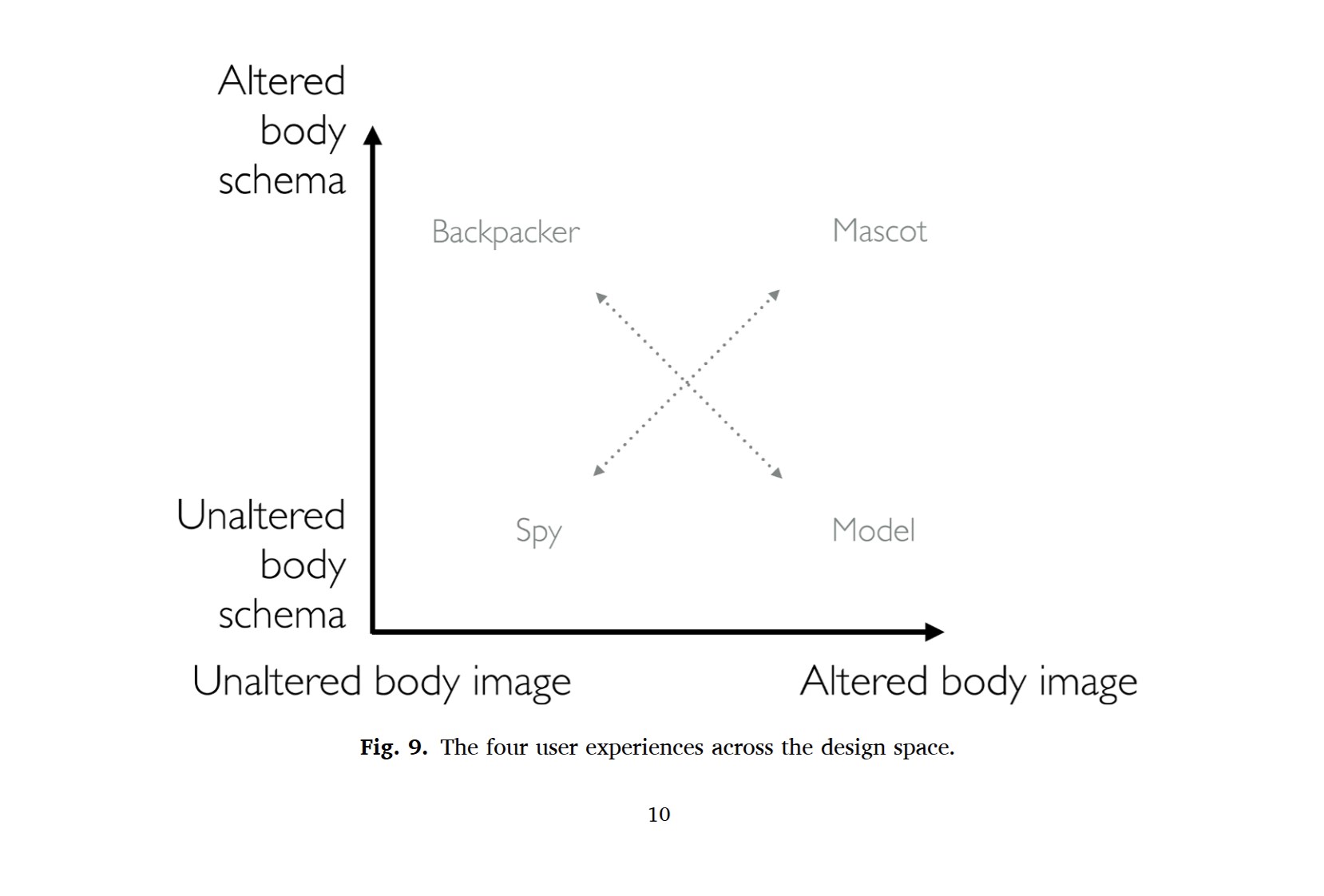Abstract
Interaction designers are increasingly interested in physically extending people's bodies and emerging work shows the potential of such bodily extensions for play, one example being interactive fantasy ears for the Cosplay community. We interviewed five designers of four playful bodily extensions to better understand how to design them. Based on their insights and our examination of prior work, we argue that such extensions can be characterized by the extent to which they alter the wearer's body schema and body image. We illustrate this characterization using a two-dimensional design space. We use this design space to articulate practical strategies for the design of future playful bodily extensions. Ultimately, we hope to bring more playful experiences to people's lives.
Role: Main Co-author, Concept Co-Creator, Design Researcher
Type: Full Paper
Journal: International Journal of Human-Computer Studies
Stats: h5-index:67, impact factor: 5.3
Date: 2025
Co-Authors: Florian ‘Floyd’ Mueller, Louise Petersen Matjeka and Aryan Saini


.jpg)
.jpg)
.jpg)
.jpg)
.jpg)
.jpg)
.jpg)
.jpg)
.jpg)
